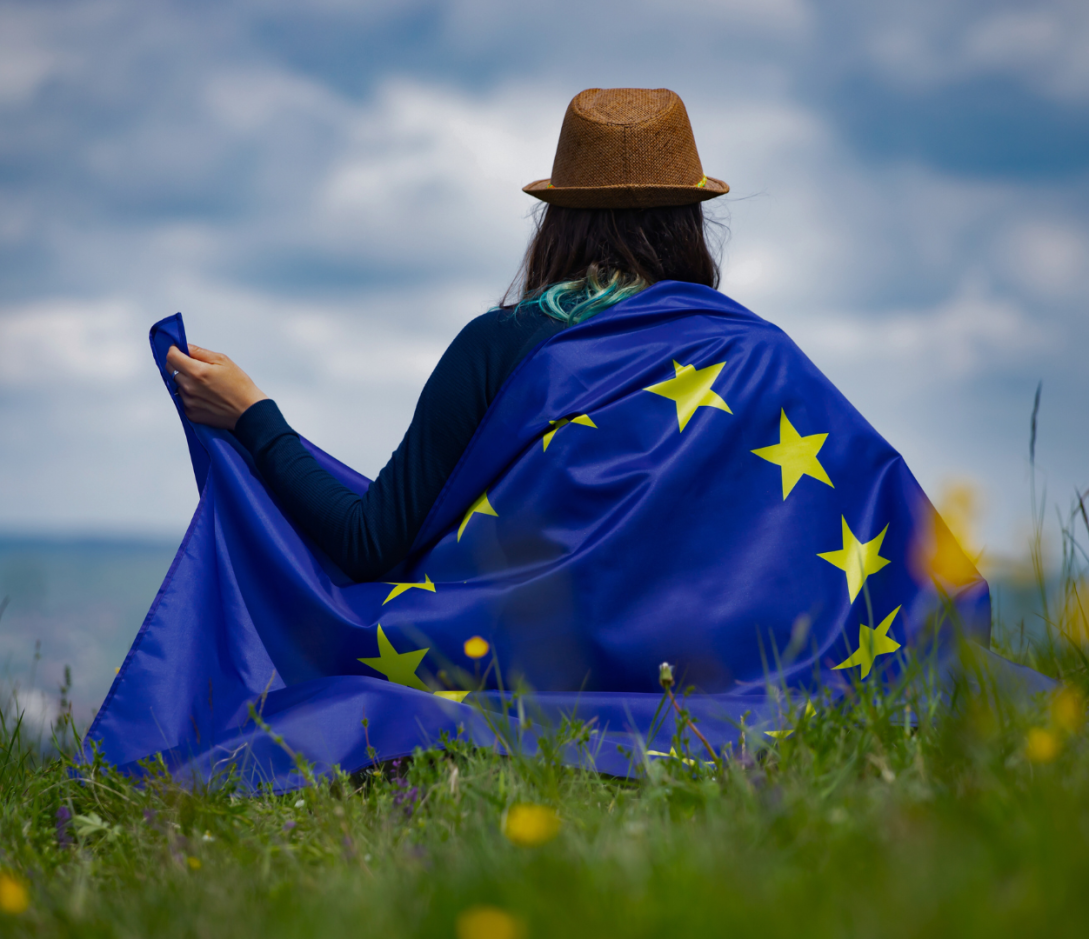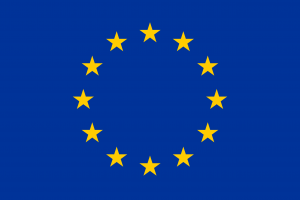Flying the EU flag for 40 years!

The flag of the European Union is turning 40 this June. Its 12 gold stars on a blue background are instantly recognisable and synonymous with the European project that unites all Europeans. With time, it has also become a symbol of the EU’s ideals of unity, solidarity, and harmony among the peoples of Europe.
The flag was first used as the flag of the Council of Europe in 1955. Following World War Two, the Council of Europe was looking for a flag that would give Europe a symbol with which its inhabitants could identify. It chose the design which best conveyed neutrality, timelessness, and simplicity.
Contrary to a common misconception, the number 12 does not represent the number of EU countries in our Union but rather are a symbol of perfection and stability, and the circle, a symbol of union. The fixed number means the flag remains unchanged regardless of the European Union’s growth.
In 1983 the European Parliament adopted the flag devised by the Council of Europe and recommended that it become the European Communities' emblem. The European Council gave its approval in June 1985. The European Communities have now evolved into the European Union, as we know it today.
The iconic flag has become a powerful emblem beyond EU borders, a rallying point for people fighting for their rights. For freedom and democracy, dignity and equality, the rule of law and human rights, peace and security. Some 70 years after it was created, the EU flag not only represents EU ideals, but it has become a symbol of hope.
For more information





